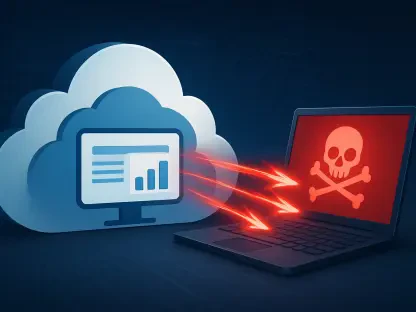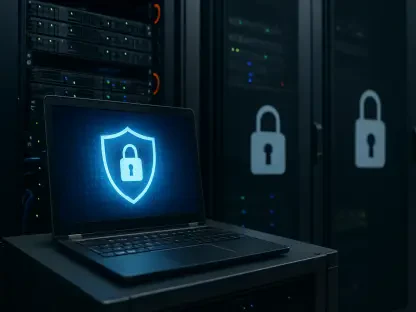Cyber threats are no longer confined to overt attacks on businesses or data breaches. In a twist that underscores the versatile nature of the digital landscape, software supply chain threats have emerged as sophisticated adversaries targeting development environments. As software becomes ever more integral to modern enterprises, the question becomes not just how these threats evolve but also what enables them to nestle right into the core of software creation.
The Rising Tide of Software Dependency
Today’s digital fabric is woven tightly with software, with nearly every organizational process relying on complex software development environments. This growing reliance brings its own set of vulnerabilities. The intricacies of these systems present myriad entry points for cyber threats, especially as these environments often incorporate open-source components and third-party libraries without stringent scrutiny. Such dependency lays bare avenues for exploitation, highlighting how a malicious entity could jeopardize integrity throughout an organization’s operations.
The Changing Face of Cyber Threats
Cyber threats have advanced beyond generic malware assaults. Evolving tactics now include targeted software supply chain attacks reminiscent of the notorious “chimera-sandbox-extensions” incident, where attackers infiltrated public repositories such as the Python Package Index (PyPI). Such incidents demonstrate attackers’ capabilities in injecting malware directly into development ecosystems, thereby compromising these environments. This sophistication is evident as malicious actors exploit vulnerabilities in public repositories to distribute their harmful packages, effectively customizing them to optimize infiltration and impact.
Expert Insights Into Threat Dynamics
Cybersecurity analysts have observed that software supply chain threats, like those presented by chimera-sandbox-extensions, are custom-tailored for specific environments. JFrog’s Korolevski emphasized the meticulous planning behind these threats, explaining their departure from generic malware paradigms. Experts argue that the complexity and specificity of these threats demand greater vigilance and adaptability from developers and security teams. The move from single-stage attacks to sophisticated multi-stage strategies has put developers in challenging positions as they navigate potential vulnerabilities in their projects.
Proactive Strategies for Safe Development
The fight against evolving threats necessitates the proactive reinforcement of software development environments. Strategies such as robust dependency management, thorough code reviews, and concerted efforts to enhance security setups are fundamental in warding off attackers. Developers and security practitioners must prioritize strategic planning, strengthening their ecosystems against potential attacks. A holistic approach that encompasses vigilant scrutiny of public repositories and automated threat detection processes can shore up defenses, minimizing avenues for exploitation while cultivating resilience within the software supply chain.
Reflecting on the Road Ahead
As the threat landscape evolves, a concerted effort to preemptively address vulnerabilities becomes crucial to secure development environments. The realization of the dangers lurking within public repositories sparked an ongoing commitment to bolster cybersecurity measures. Developers and security professionals often discussed future challenges, embracing enhanced security protocols and emphasizing vigilance. These proactive steps demonstrated an unwavering dedication to understanding these threats profoundly, ensuring adaptive strategies to mitigate risks. The pathway established emphasized the continuous need for development teams to fortify their defenses, navigating future complexities with unwavering resolve.









